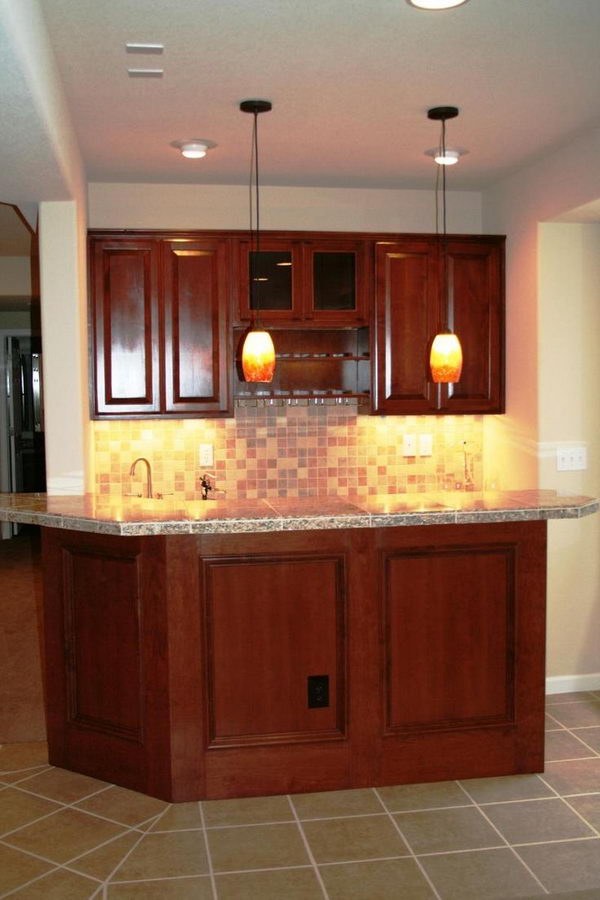

This creates a feeling of lightness overhead. Wanna hear a clever interior design tip? Paint your ceiling a slightly lighter color than your walls. Dark colors can make spaces feel smaller, because they swallow light. Vertical stripes can be a good choice in small spaces because they create an illusion of height. It’s important to use pattern sparsely in small living room layouts. Use appropriate patterns and texturesĬheck out the neutral pattern on that rug! The lines create a sense of order and roundedness, but the slightly organic wobble and the color palette keep the room feeling warm and welcoming. This can help your room feel more spacious and balanced. Additionally, look for furniture with exposed legs rather than pieces that are flush to the ground. They can also help with clutter because all your stuff will be more visible! If you’re a messy person (no shame!), consider using some stylish banker boxes to categorize and contain your items. Reflective surfaces help bring more light into the room, too. Glass, light colored wood, open shelving, and light colored metal like copper or silver are all great ways to keep the air flow moving. In a small living room layout, consider using lighter materials to lighten the sensation of furniture on your eye. Glass or open shelving are classic interior design tips which can make small spaces feel bigger! If all your furniture is made of dark wood or black metal, you may start to feel closed in. Use light materials for a small living room layoutĪ glass-topped coffee table, white walls, and light fabric on the couch and curtains help the small space to feel larger. To maximize space, make sure your small space layout includes furniture with storage. Another good trick is to hang your curtains from the ceiling, and not from the window frame top. Nesting tables achieve the same effect they appear when you need them, but hide when you don’t.

Many small-space dwellers have folding or stacking chairs on hand, which can come out when needed but stow away minimally otherwise. What pieces of furniture could you replace with a more lightweight version? Is there anything taking up horizontal space that could be reconfigured or replaced with a vertical version? Consider downsizes your bookshelves, choosing drop-leaf tables, selecting smaller coffee tables, or swapping out for smaller lamps. So keeping that idea in mind, look around your space. But too many chunky pieces and you’ll start to feel like the floor is disappearing. You can use one or two larger pieces to anchor your space, like a low comfy sofa or your bed.

Keep your bedroom plan symmetrical by putting nightstands on either side of the bed.Less is more! Please don’t cram a bunch of wide, bulky furniture inside your small space.Place the bed in the center of the main wall for easy access to both sides of the large bed.Putting the bed against the window is also a popular option.Consider placing your bed opposite the bedroom door so that it is the first thing you notice when you enter the room.Since the main item in such a design is a bed, it has to be made the center of attention: The main principle of this bedroom layout is bigger, but with fewer furniture. Are a bed and a small nightstand the only essential things in your bedroom? Or would you also like to fit a wardrobe or dresser in the room? Do you need a desk area? Depending on your personal preferences, there are different types of layouts that will allow you to use the bedroom space in the smartest way possible. So, before you start thinking about what color to paint the walls and what furniture to choose, think about the essential items for your bedroom. A bedroom can have multiple functions as a room: not only being fit for sleep but also for dressing up, getting ready and even sometimes studying or working.


 0 kommentar(er)
0 kommentar(er)
